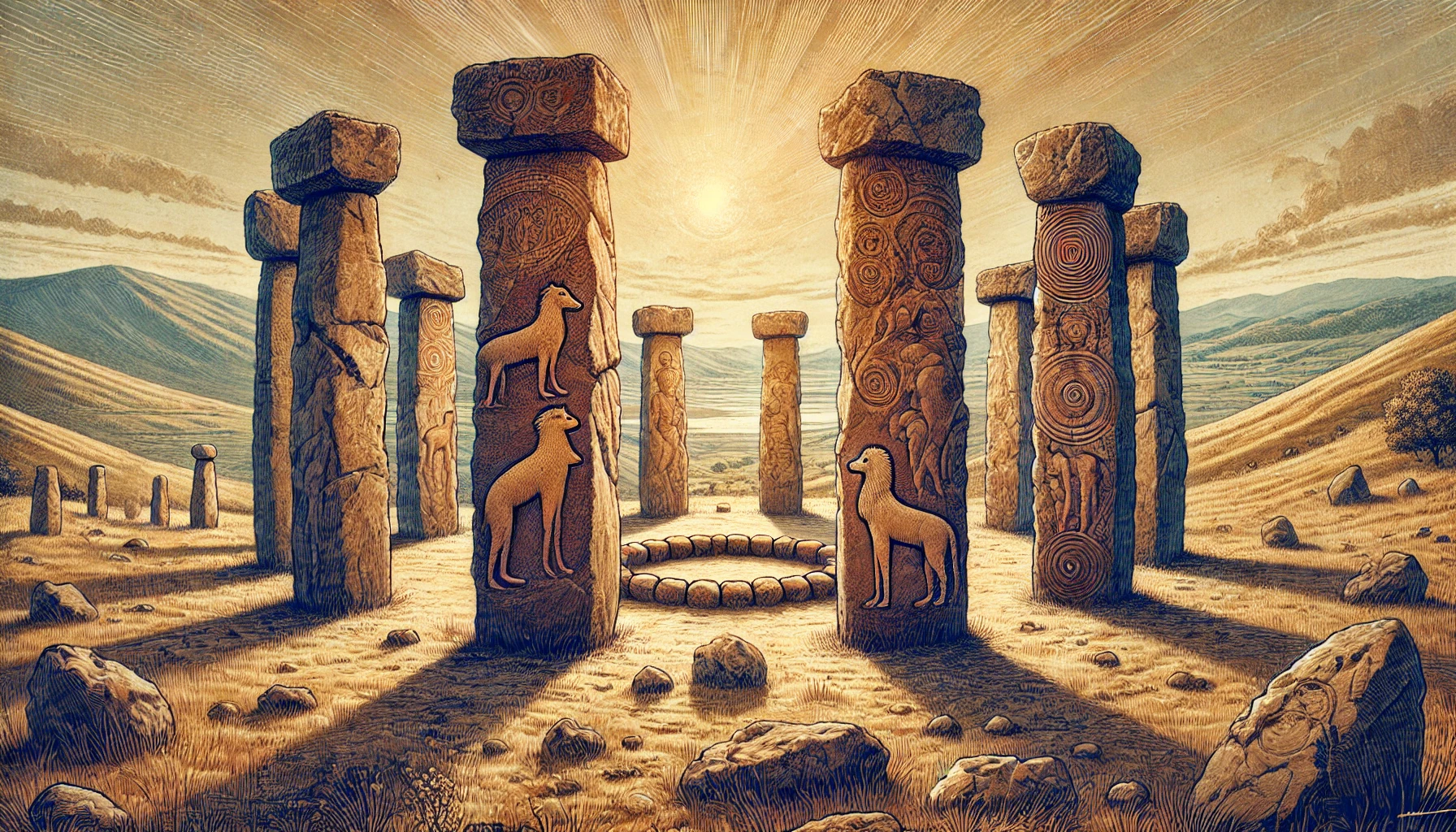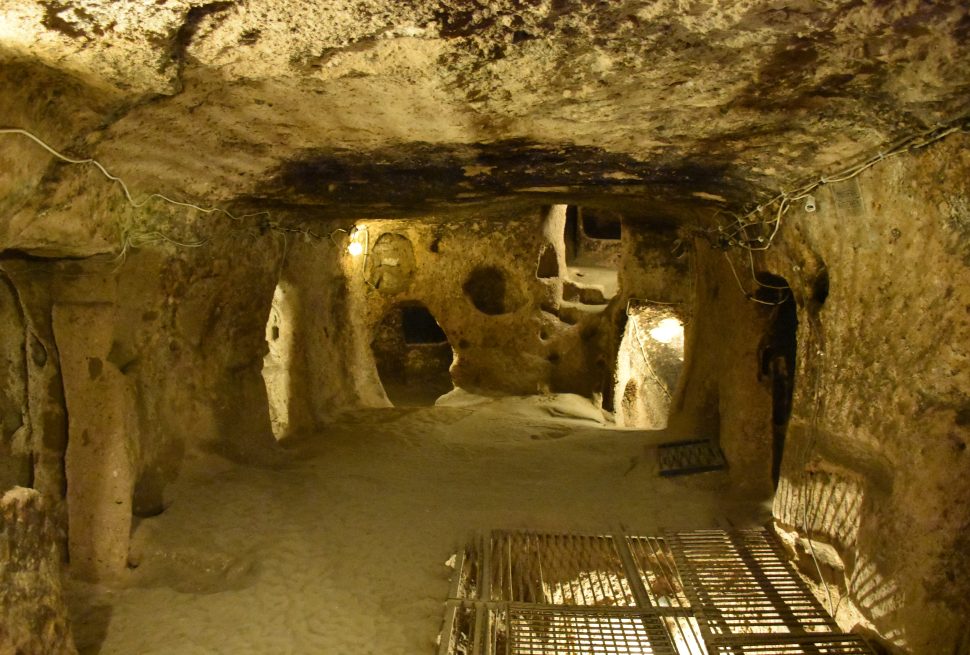Welcome to Reliance Tour Agency’s deep dive into one of the most astonishing archaeological discoveries of our time: Göbekli Tepe. Nestled in the rolling hills of southeastern Turkey, this enigmatic site has fascinated archaeologists, historians, and travelers alike since its discovery. Dating back over 11,000 years, Göbekli Tepe predates Stonehenge by 6,000 years and even the Egyptian pyramids, revolutionizing our understanding of ancient civilizations. Adding to the intrigue is the emerging theory that proto-Turks, or early Turkic groups, may have been among the first inhabitants of Anatolia—perhaps even involved in the construction of Göbekli Tepe.
In this blog post, we explore the mysteries of Göbekli Tepe, delve into its significance, and investigate the theory of proto-Turkic presence in prehistoric Anatolia.
Göbekli Tepe: A Brief Overview
Discovered in 1994 by German archaeologist Klaus Schmidt, Göbekli Tepe consists of a series of massive stone circles and T-shaped pillars adorned with carvings of animals and abstract symbols. Located near the town of Şanlıurfa, this site was likely constructed during the Pre-Pottery Neolithic period, making it one of the earliest known temples. Göbekli Tepe’s massive stones, weighing up to 50 tons, were quarried, shaped, and arranged by people without metal tools or wheels—shedding light on the sophistication of ancient Anatolian societies.
Significance of Göbekli Tepe
- Revolutionizes Views on Ancient Religion: Long considered the birthplace of agriculture and religion, Göbekli Tepe challenges traditional views of how religion and social organization emerged, suggesting that complex spiritual beliefs may have predated settled agricultural life.
- Symbolic Art and Animal Imagery: The pillars are decorated with animals like foxes, lions, boars, and birds, along with abstract symbols whose meanings remain a mystery. These carvings hint at a cosmology or mythology that has yet to be fully understood, perhaps one shared by early inhabitants of Anatolia.
- A Temple Without a Town: Unlike later religious sites built in thriving cities, Göbekli Tepe was constructed in isolation, indicating that it may have been a pilgrimage site or seasonal gathering place.
The Proto-Turkic Theory: Could Early Turks Have Lived in Anatolia?
One emerging theory posits that early proto-Turkic groups could have been present in Anatolia during the time Göbekli Tepe was built. While mainstream historical consensus places the emergence of Turkic peoples much later in Central Asia, proponents of the proto-Turkic theory argue that linguistic, cultural, and even genetic traces could point to a prehistoric presence in Anatolia.
Why the Theory of Proto-Turks?
- Linguistic Clues: Some scholars argue that certain symbolic elements and linguistic roots in Göbekli Tepe carvings could bear similarities to proto-Turkic languages. While no definitive script or language has been uncovered at Göbekli Tepe, symbols resembling ancient Turkic motifs invite speculation about cultural links.
- Mythological Parallels: The Turkic mythological tradition, rich with animal symbolism and shamanic elements, may share commonalities with the carvings and animal motifs found at Göbekli Tepe. This leads some researchers to hypothesize that these early inhabitants practiced a spiritual worldview similar to early Turkic beliefs.
- Geographic Continuity: Anatolia’s location at the crossroads of East and West suggests that migratory and cultural exchanges were likely even in prehistoric times. Some theorists believe that the ancestors of the Turkic peoples may have lived in Anatolia before migrating eastward into Central Asia, only to return centuries later during the medieval Turkic expansions.
Challenges to the Proto-Turkic Theory While the proto-Turkic theory is intriguing, it is not without controversy. Most historians argue that the Turkic linguistic and cultural identity formed much later, around the 6th century CE, in the Central Asian steppes. The theory requires more archaeological and linguistic evidence to be broadly accepted, but it remains an exciting avenue of inquiry as research continues.
Visiting Göbekli Tepe: What to Expect
Today, Göbekli Tepe is open to visitors and offers an awe-inspiring look into humanity’s ancient past. At Reliance Tour Agency, we provide guided tours that delve into the site’s history, architecture, and the tantalizing mysteries it holds. When you visit Göbekli Tepe, you’ll explore:
- The Pillars and Stone Circles: Marvel at the intricately carved pillars and the circular arrangements that make Göbekli Tepe so unique. Our guides will explain the theories behind the symbolism of each pillar.
- The Visitor Center and Museum: The recently opened visitor center houses informative displays and models that recreate what life might have been like for the people who constructed Göbekli Tepe. Here, you can explore replicas of some of the most detailed carvings.
- Excavation Insights: Ongoing excavations continue to reveal new insights into the site, and our tour will keep you updated on the latest archaeological discoveries and theories.
- Cultural Significance: Our guides provide context on the impact Göbekli Tepe has had on our understanding of prehistoric societies, as well as its spiritual and symbolic significance.
Göbekli Tepe and the Future of Archaeology
Göbekli Tepe continues to challenge our assumptions about ancient societies, the origins of religion, and the role of ritual and community in prehistoric life. Whether you subscribe to the proto-Turkic theory or simply marvel at the site’s complexity, one thing is certain: Göbekli Tepe represents a milestone in the story of human civilization.
Join Reliance Tour Agency as we journey into the heart of ancient Anatolia, where stone pillars whisper secrets from a forgotten era. Our Göbekli Tepe tours invite you to be a part of this fascinating exploration into humanity’s distant past and its profound mysteries.
Book your Göbekli Tepe tour with Reliance Tour Agency today and walk in the footsteps of our ancient ancestors.



